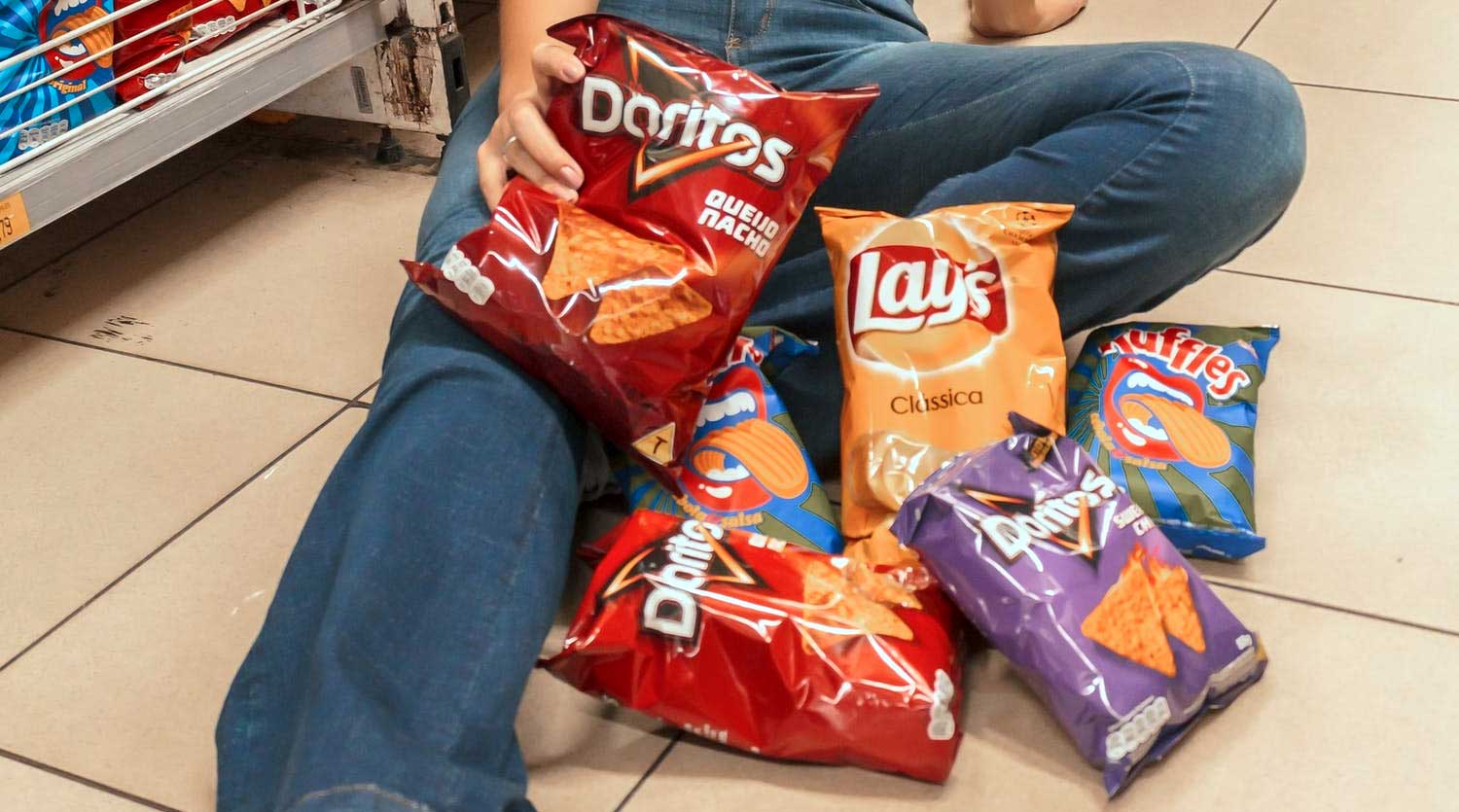In some ways “processed food” gets a bad rap. The truth is that a majority of foods that we eat are in fact processed. Spinach that is cleaned and bagged, yogurt made at home and even a boiled egg all qualify as processed foods because strictly speaking once a food is altered it is a processed food.
The U.S. government defines processed food as “any food other than a raw agricultural commodity and includes any raw agricultural commodity that has been subject to processing, such as canning, cooking, freezing, dehydration, or milling.” What’s important to remember is that not all processed foods are unhealthy. In fact, it would be pretty hard to feed the world without processed food.
The UN’s NOVA food classification
So processed foods is really an umbrella term that needs further definition in order to make sense of what is good and what is bad for us. A UN project team came up with NOVA – a the food classification system that categorizes foods according to the extent and purpose of the processing they undergo. There are four main categories
1. Unprocessed or minimally processed foods
If you bite into an apple, shuck and swallow a live oyster or eat a tomato from your garden you are eating an unprocessed food. As stated, most foods go through some sort of processing. Minimally processed foods such as bagged carrots, chopped lettuce and raw nuts are healthy and the processing they have undergone are mostly for sake of convenience. Minimally processed foods sometimes contain additives used to preserve the properties of the original food and to make transporting foods possible.
2. Processed culinary ingredients
Processed culinary ingredients are substances obtained directly from unprocessed or minimally processed foods or from nature. They are altered by processes such as pressing, refining, grinding and in other manners so that they can be used in the cooking process. Examples include sugar obtained from the cane, syrup from maple trees and vegetable oils extracted from olives or seeds.
3. Processed foods
Also known as “Lightly Processed Foods” this category includes foods like tomatoes, green beans, tuna, and berries that are canned or frozen soon after harvesting. They may have one or two added ingredients, such as salt, sugars or oils and seldom have more than 3 or 4 ingredients. Commons foods such as breads, cheeses and pastas are examples of lightly processed foods. Packaged items with only a few high-quality added ingredients (e.g., herbs, spices, oils) might also be considered lightly processed, such as some pasta sauces, and salad dressings.
4. Heavily/Ultra Processed food
Many foods in this category are called “Junk Food”. These are foods made with five or more ingredients and are filled with sugars, oils, fats, salt, anti-oxidants, stabilizers, and preservatives. Generally speaking ultra processed foods include lots of added stuff that doesn’t occur naturally. Ultra-processed foods account for about 90% or almost all of the added sugars Americans eat. Nearly all the food in this category are unhealthy and eating too many foods in this category increases the risk not only of obesity and diabetes and they are associated with a heightened risk of cardiovascular disease.
For better or worse the term “processed foods” has become synonymous with the unhealthy foods in the ultra-processed foods category. When people advise against eating processed foods what they really are saying is don’t eat heavily processed foods and for the most part this advice makes sense. It’s estimated that highly processed foods make up more than 60 percent of the calories in food that Americans buy.
Unfortunately, many foods that we know and love such as Oreo cookies, Froot Loops, Devil Dogs and Pringles Potato Chips all fall into the Heavily processed food category and do not offer a great deal of nutritional value. These are the types of foods that most people are referring to when they warn us of the dangers of processed foods.

